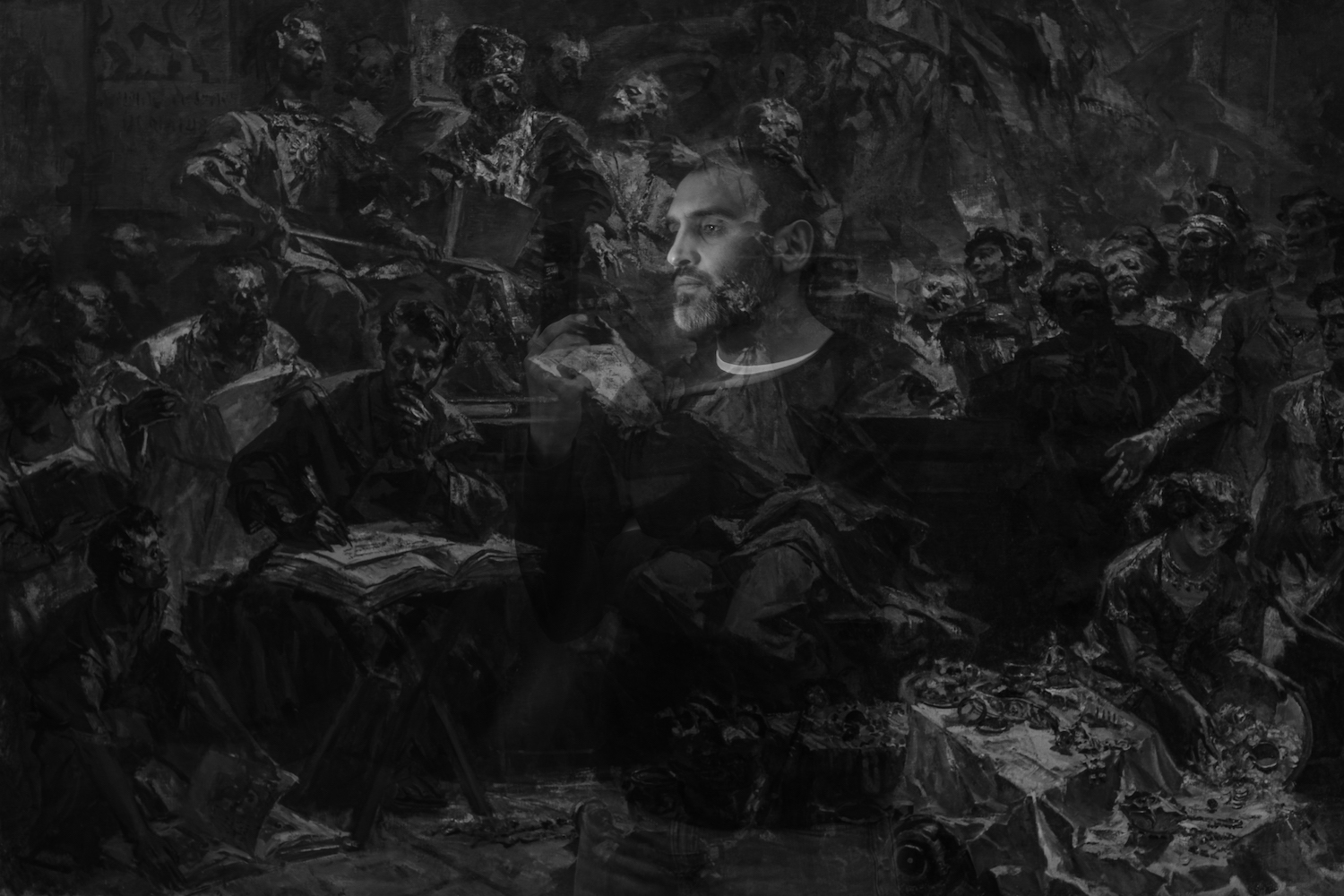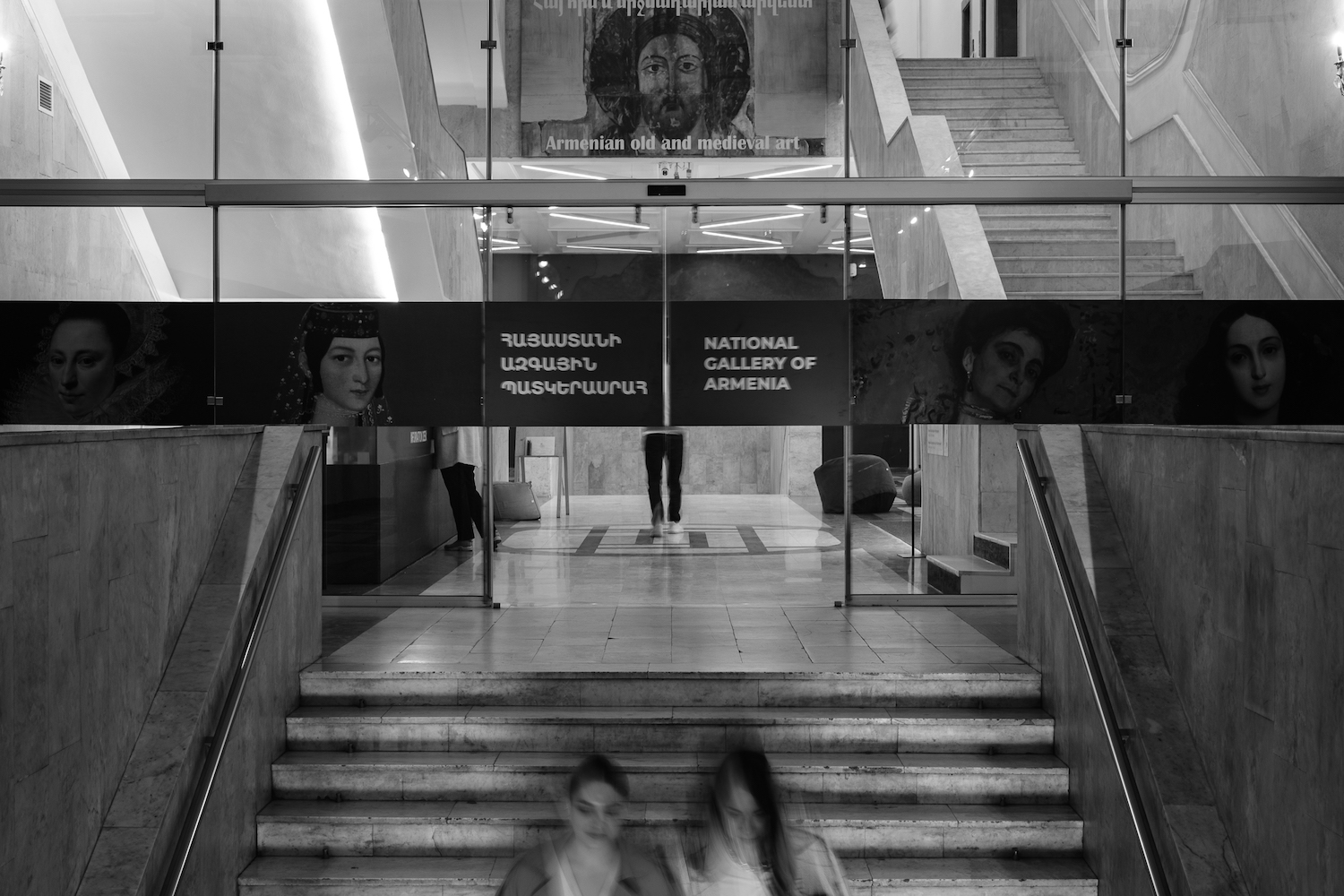
It was an assignment, a request that took me to the National Gallery of Armenia: “Go look around and photograph what your eye likes and what speaks to your heart.” It seemed like a dream assignment for a photographer. But I hadn’t anticipated that my eye would wander frantically and that what would speak to me would be so loud and from such depth that I would not dare raise my lens. Little did I know that to explore a museum beyond its art and displays, meant looking at its bare bones and encountering the people who, for most of their lives, and definitely as long as I have been in existence, have been the nerves on those bones.

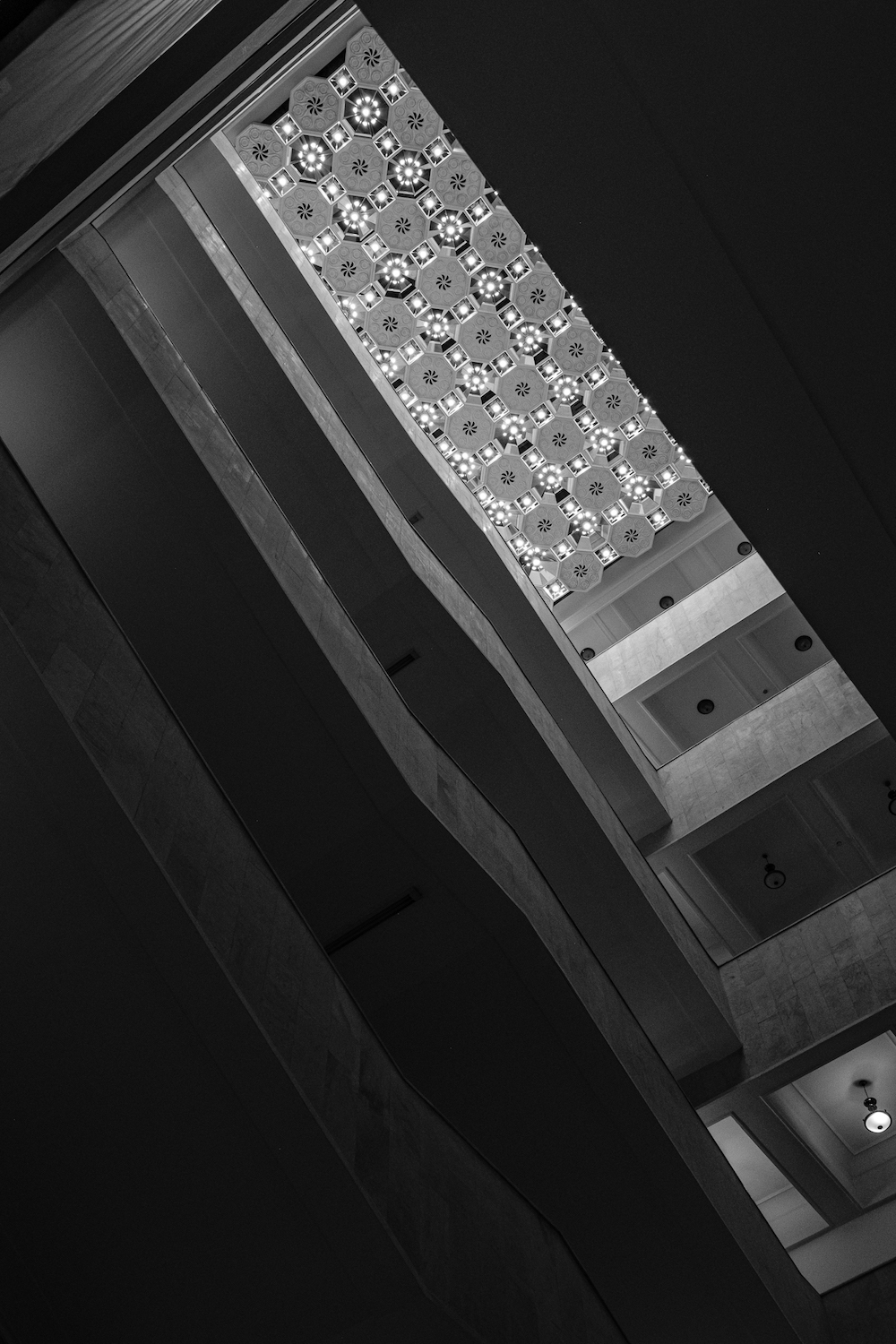
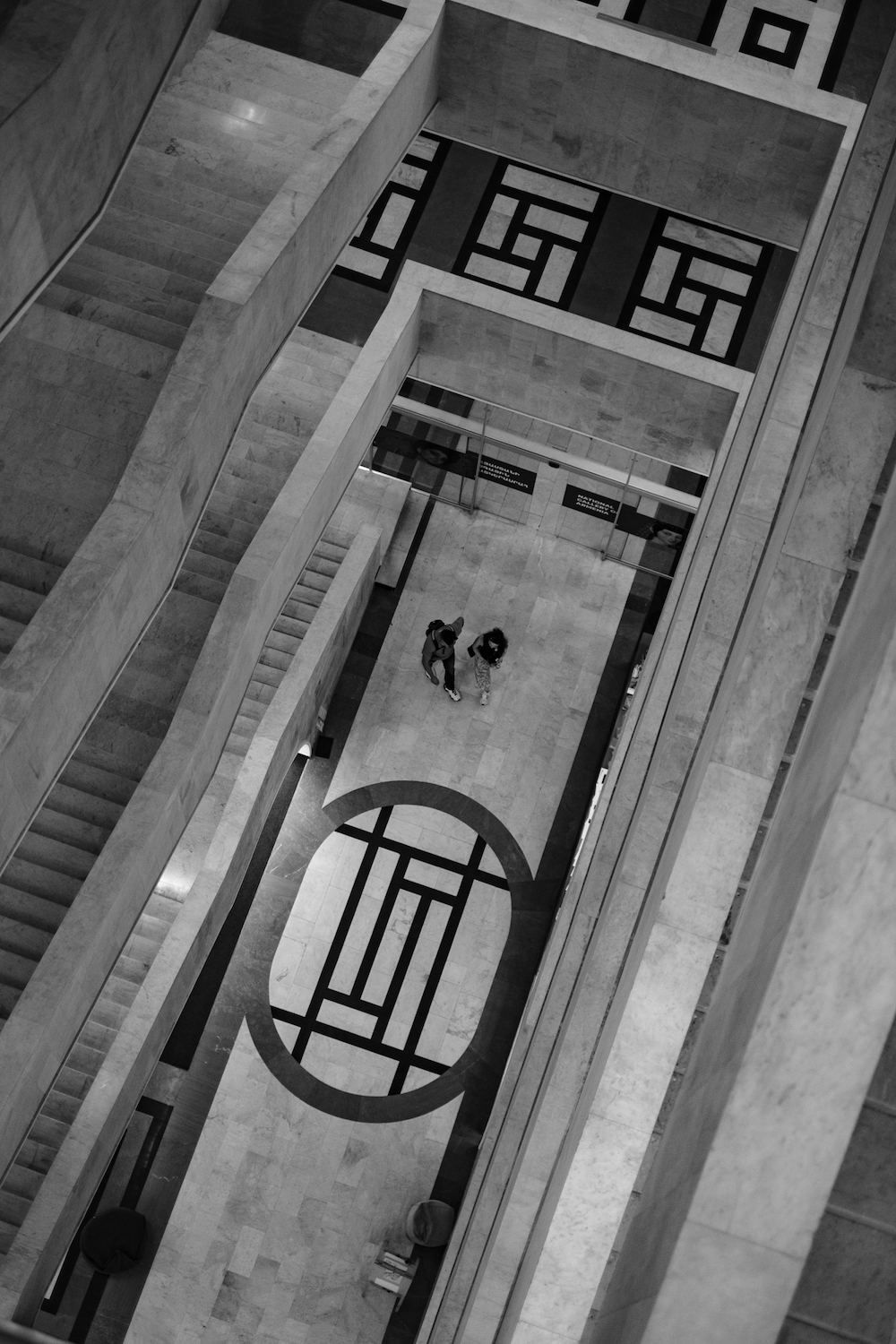
Its expansion into the institution we know today, a vast complex with 56 exhibition halls and eight floors that also houses the National History Museum began in 1965, designed by architects Mark Grigoryan, Eduard Sarabyan and Ashot Ghazaryan. It was officially inaugurated in 1977 while work on several sections was still ongoing.
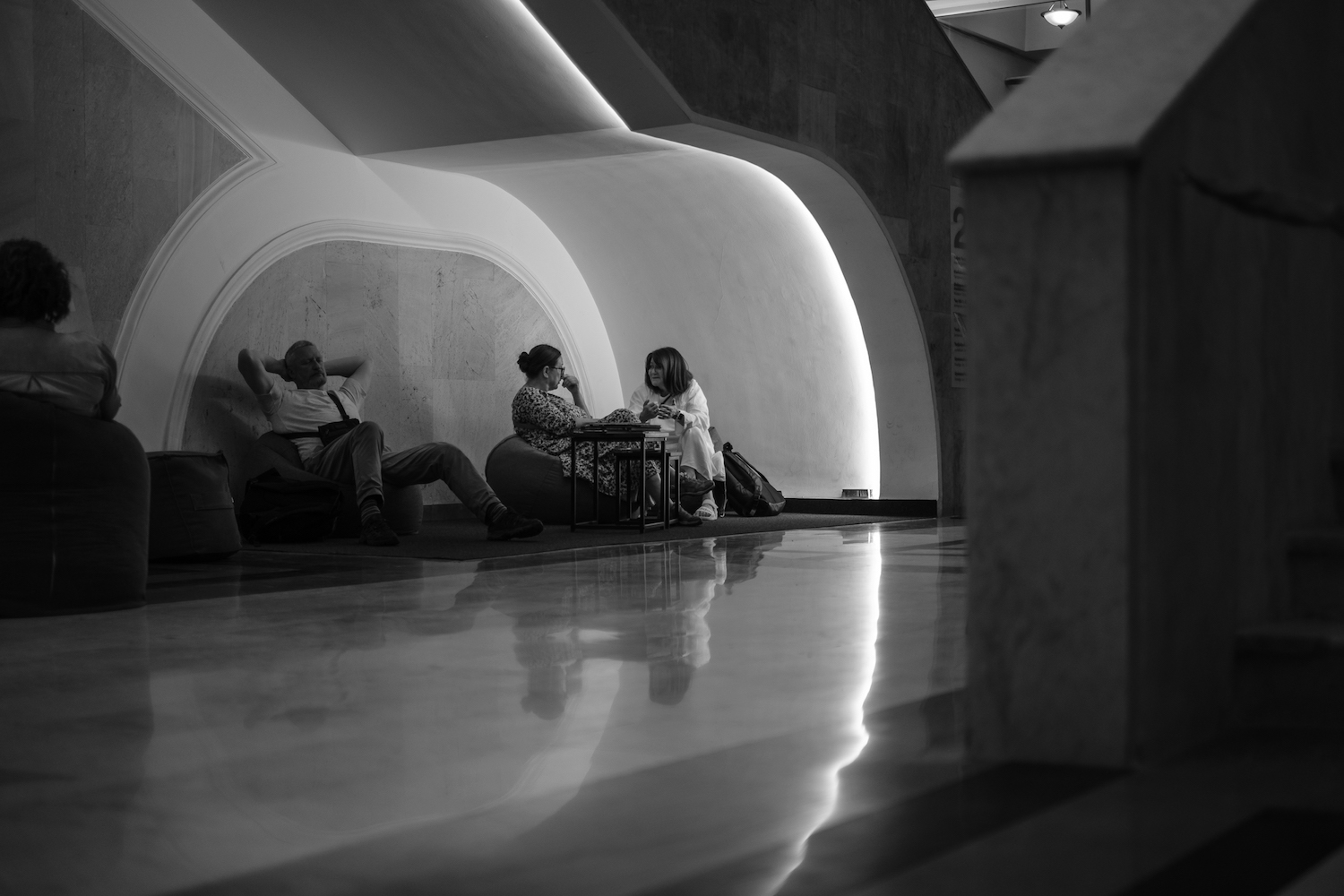
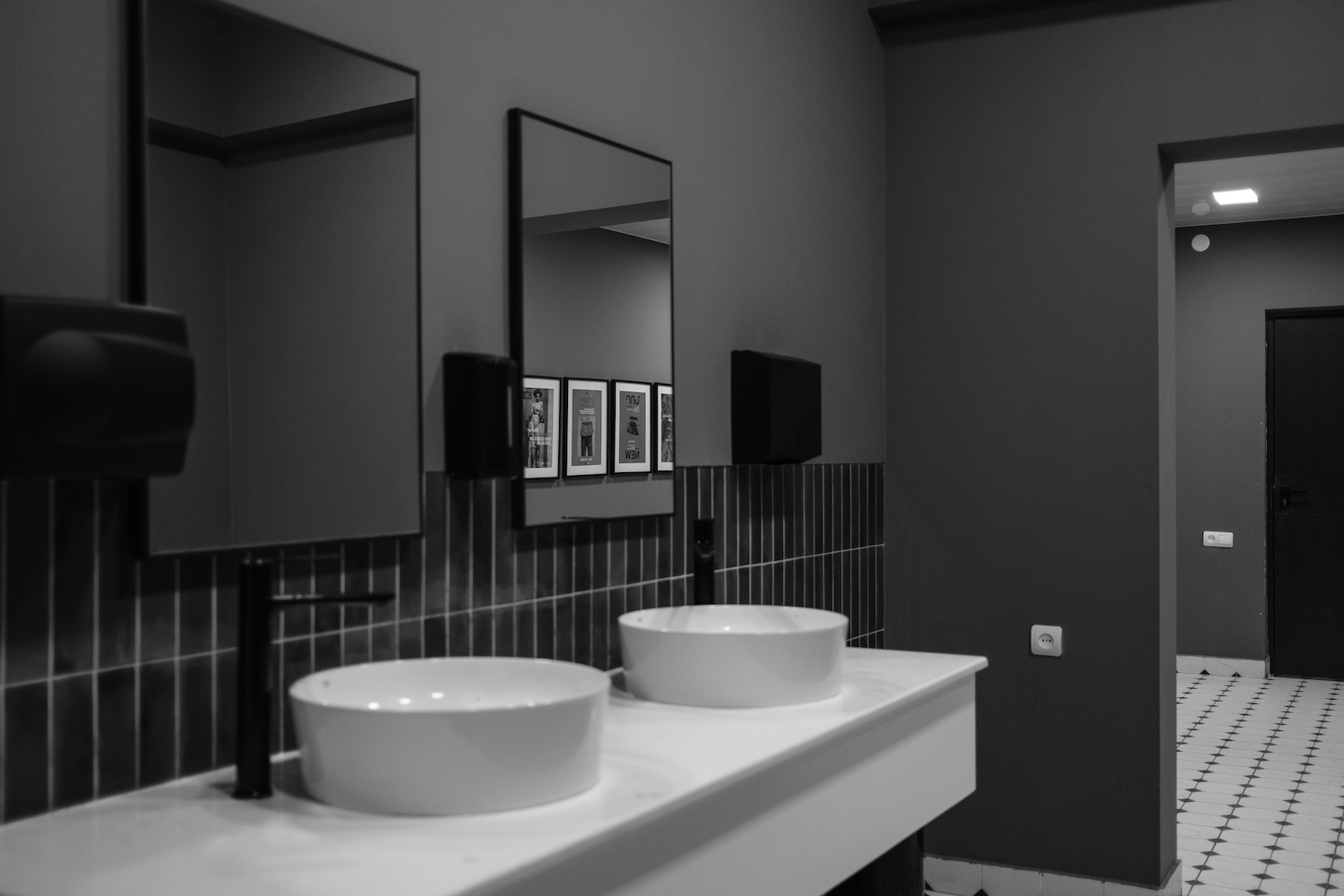
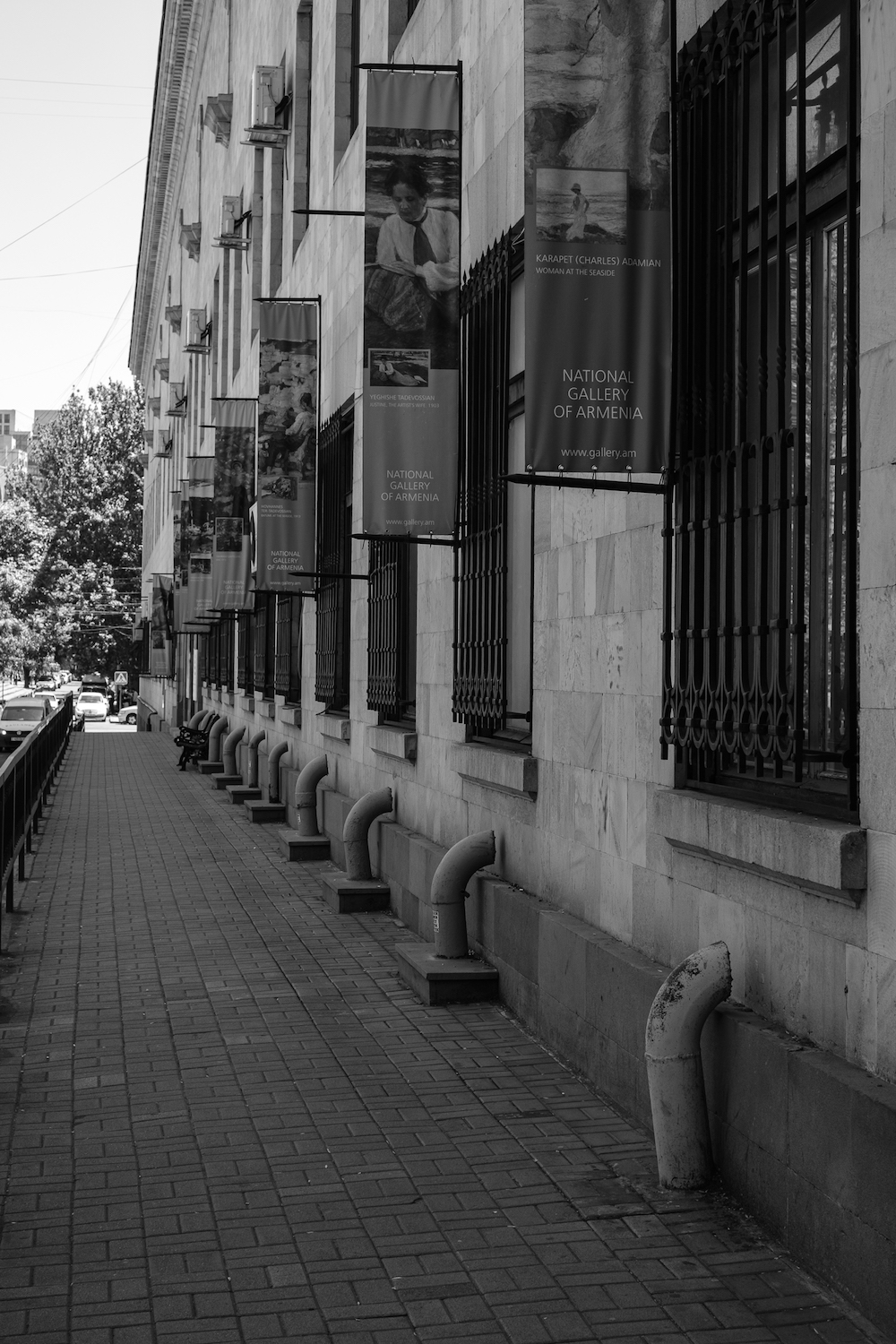
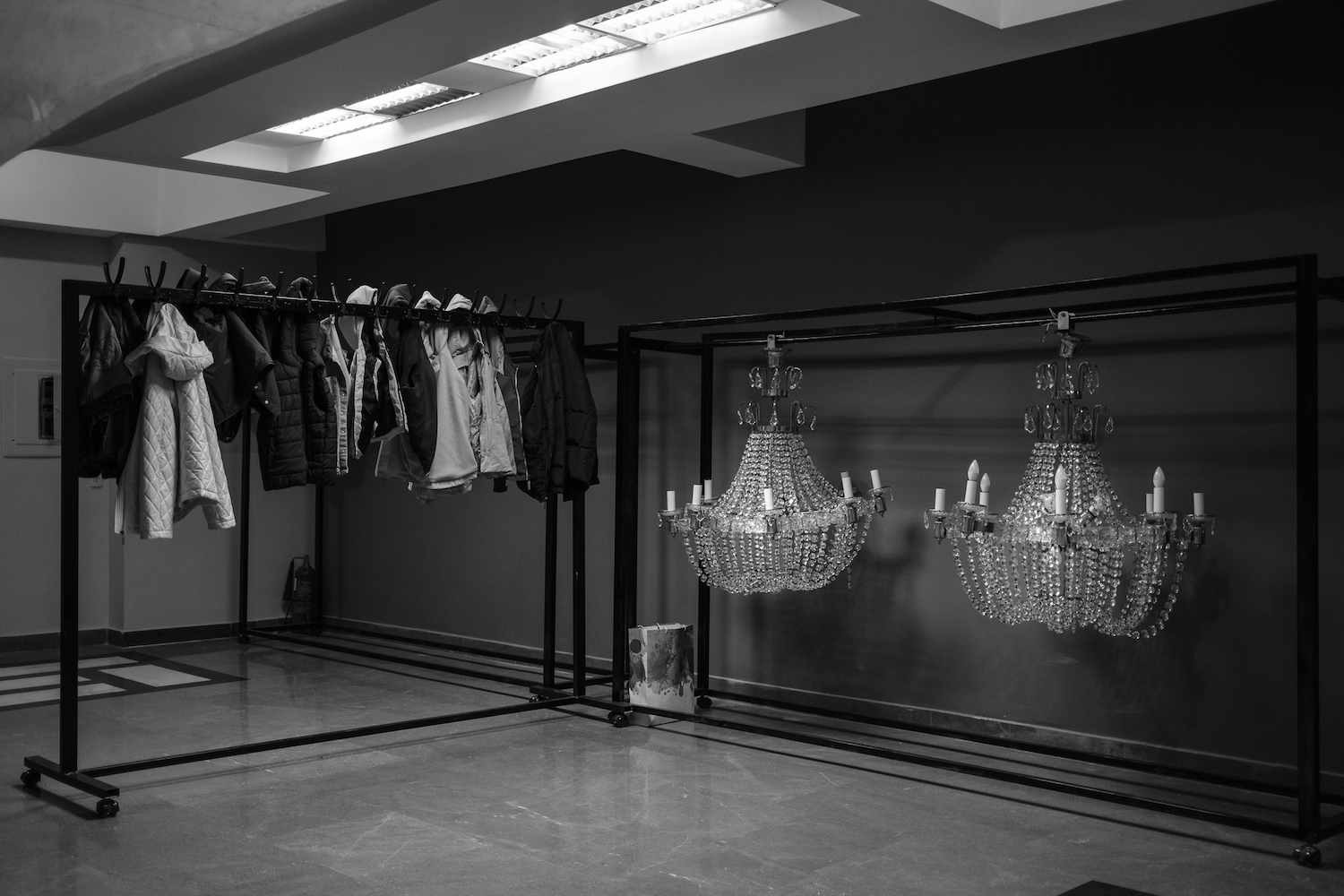
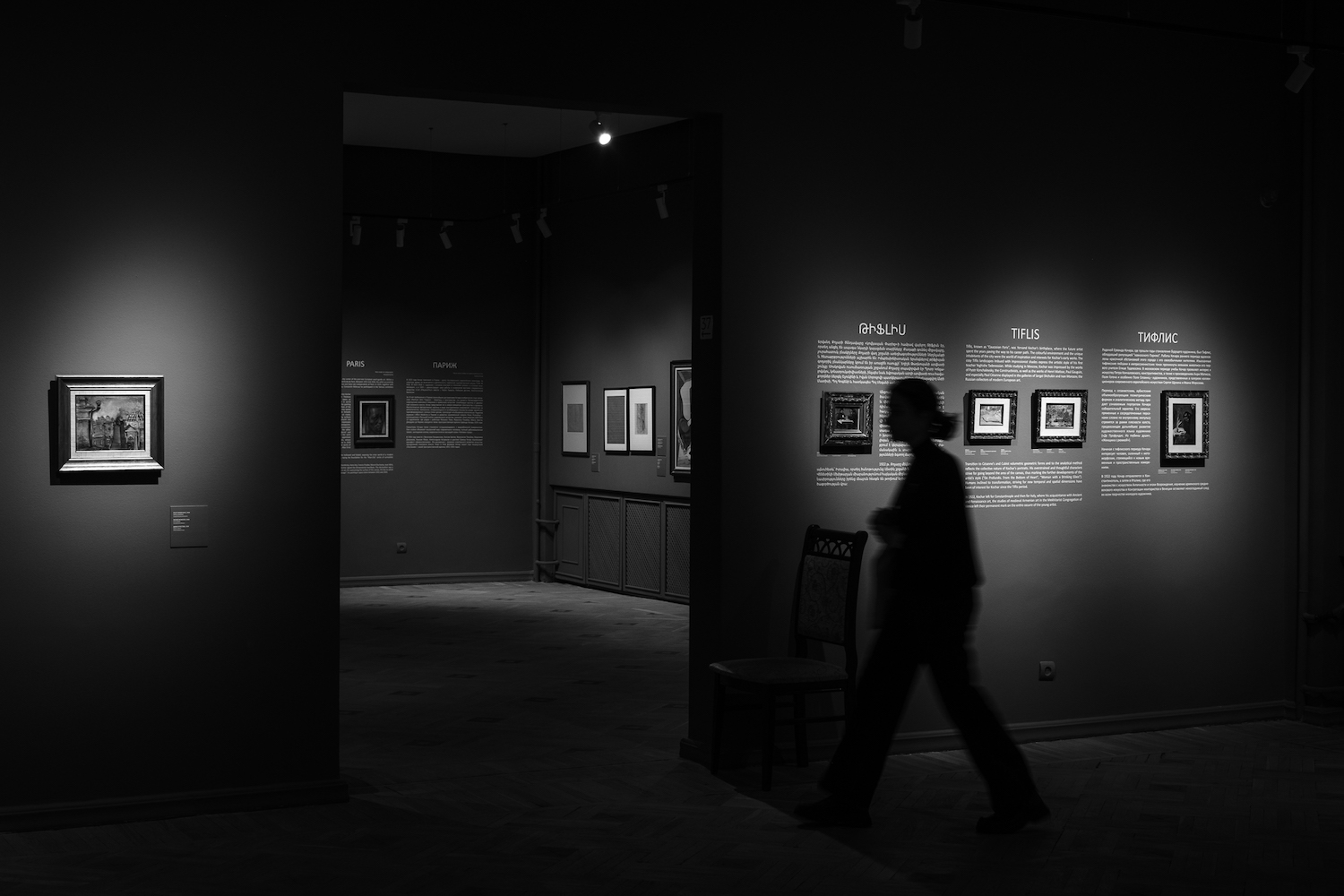
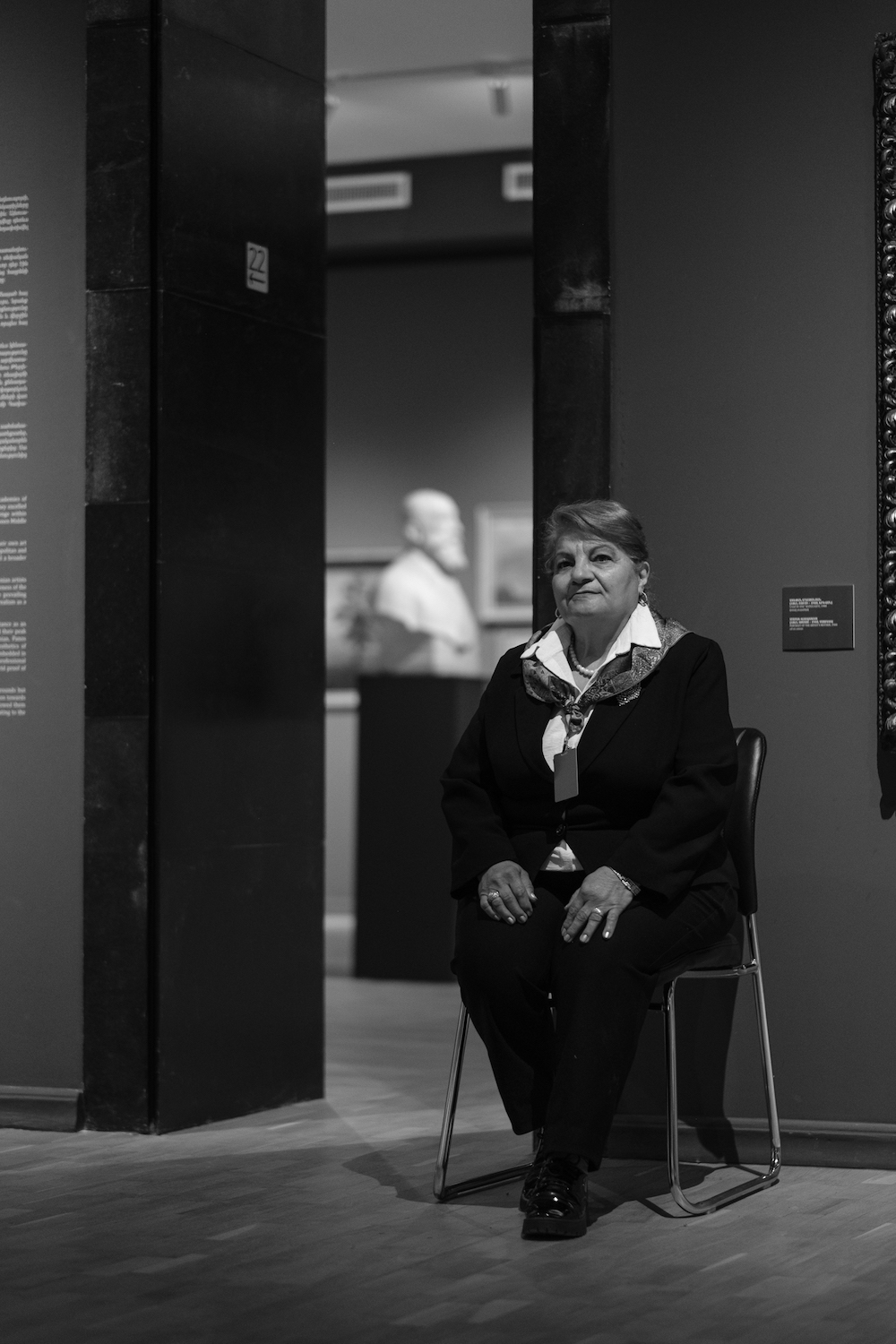
For Anahid Grigoryan, a retired pianist and a newcomer to the museum staff, the love for the museum begins well before its threshold. Her father, a well known blacksmith, crafted the metal fences and doors for museums and landmark buildings across Yerevan. “I don’t come here to work,” Anahit says with a soft laugh. “I come to enjoy myself, the environment, the art. I love these paintings more than my children.” She acknowledges the awkwardness of her words but stands by them. That affection was affirmed during a recent incident she won’t soon forget. A visitor, looking at a painting of Lake Sevan, turned to Anahit with tears in her eyes and said, “I envy you because you see Sevan and Ararat every day.” Anahid pauses as she recalls the exchange. “I felt immense pride, I felt that when people say ‘Armenia’, it is the Armenia I get to behold every day.” It’s a rare occurrence when an encounter between a museum worker and a visitor ends in an embrace, but that day, it did.
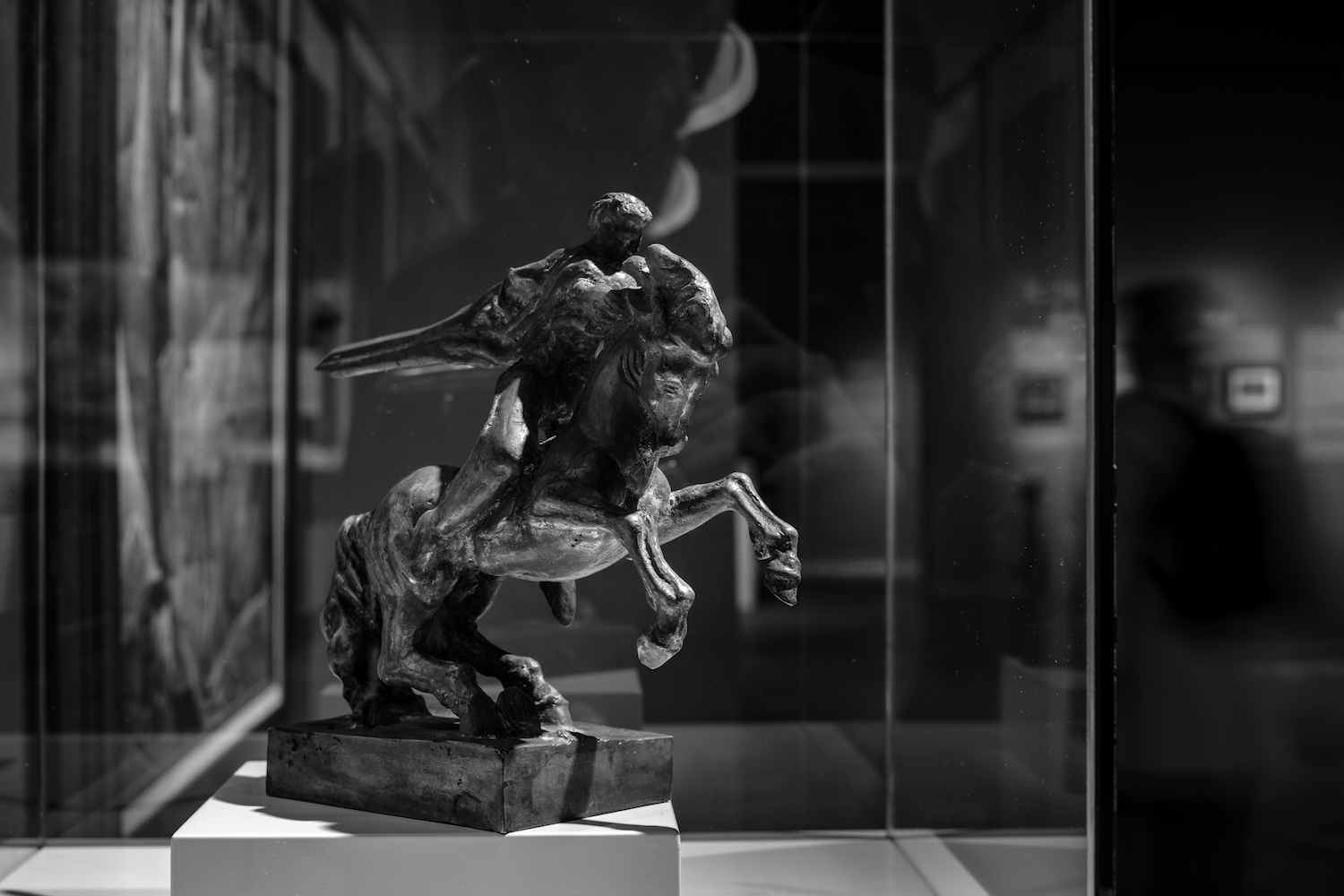
This is the power of art; in the most unexpected moment, halfway through a gallery hall, a single work seizes you. It stares back at you and leaves you raw. For me, it happened while I was looking at the paintings of Vartkes Sureniants. The overwhelming details suddenly took shape and dimension. “The Desecrated Shrine” (1895) pulled me in so completely, that just for a moment, it felt like I had stepped inside it, as if through some illusion of virtual reality, I was there.
There’s a phrase often attributed to Eduard Issabekyan, the long-serving director of the Gallery: “The National Museum is a sweet quagmire, if you are not careful, it might swallow you.” And indeed the echo of that saying still resonates in the halls of the museum.
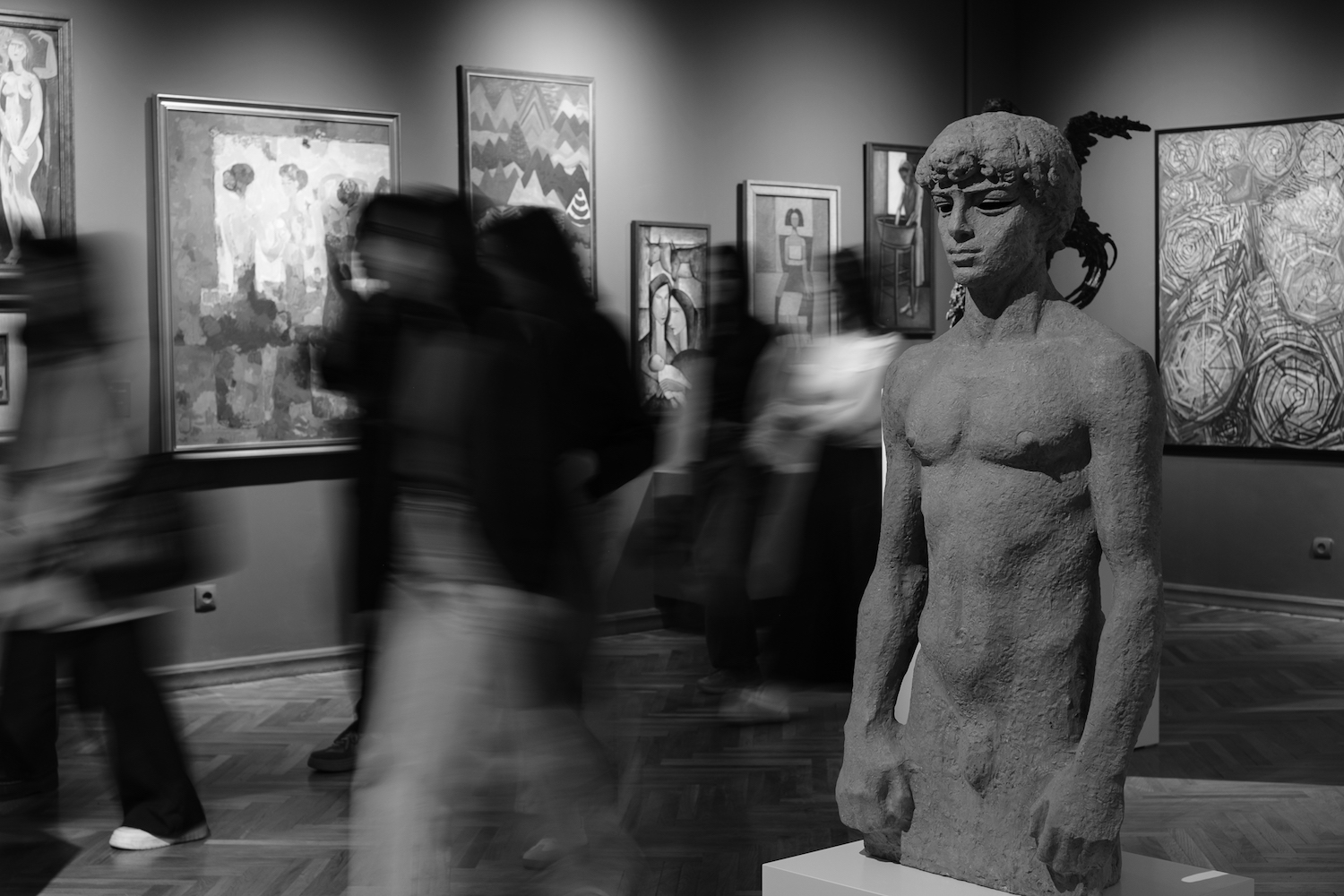
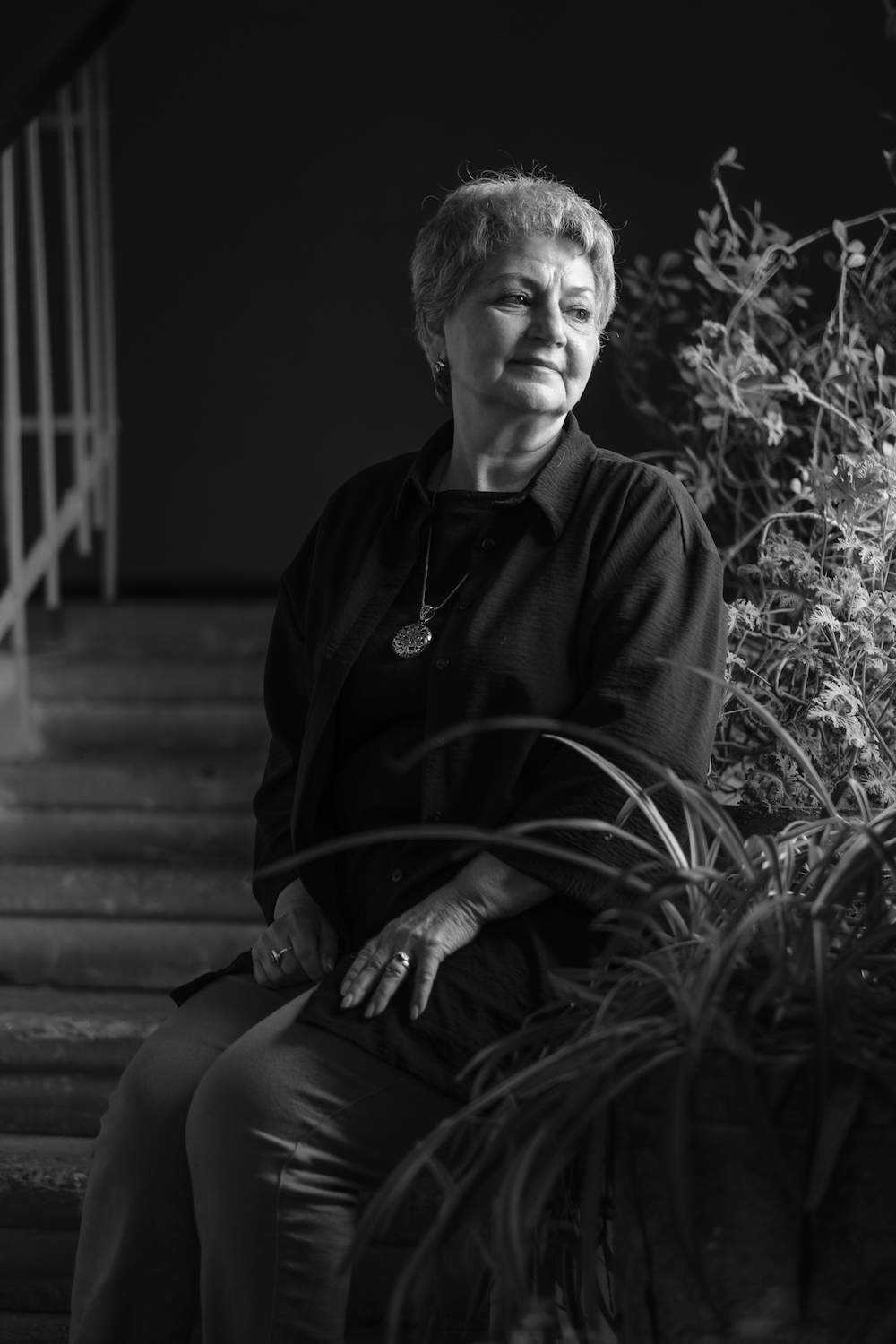
One striking thing about everyone I met at the museum is their ability to recall their first day on the job, not just the year or the month, but the actual day. For Vehanush Punarjyan, it was September 10, 1977. She started as a guide, but over time became one of the only three registrars in the Gallery’s century-long history that has seen nearly a dozen directors come and go. Vehanush is in charge of what comes in, what goes out, which work is where and in what condition. When the war broke out, it was because of her diligence that three sculptures on loan to the museum in Shushi were safely returned. She said they were her responsibility and she made sure they were sent back.
Vehanush explains that the museum’s core mission has always been Armenian painting and education. Over time, many of the collections from the Gallery have been given to other museums across Armenia. A large selection of silver and decorative objects, as Vehanush describes them, were sent to what she jokingly refers to as the “museum with a name that’s two sentences long”—the National Museum of Armenian Ethnography and History of the Liberation Struggle, also known as the Sardarapat Museum. Education is also part of the mandate of the Gallery. As early as the 1960s, the museum established the reproduction department where many of the manuscripts from the Madenataran were meticulously replicated by trainees at the museum. These replicas have become valuable works in their own right.
Collaboration with law enforcement, as Vehanush puts it, is both a challenge and a necessity. There have been instances when local authorities sealed off collections for inspection, inadvertently getting in the way of exhibits. At the same time, cooperation has been crucial in tracking down and repatriating artwork that had been missing for decades, some of which reappeared at international auctions. One time, the museum struggled to submit a request to Interpol in the case of a missing Ayvazosky because they did not possess a high quality photograph of the painting, just the description on the records, and a black and white photo the size of a postcard. Today, every item is photographed in high resolution, “high enough to print a seven-meter banner, if need be,” says Vehanush.
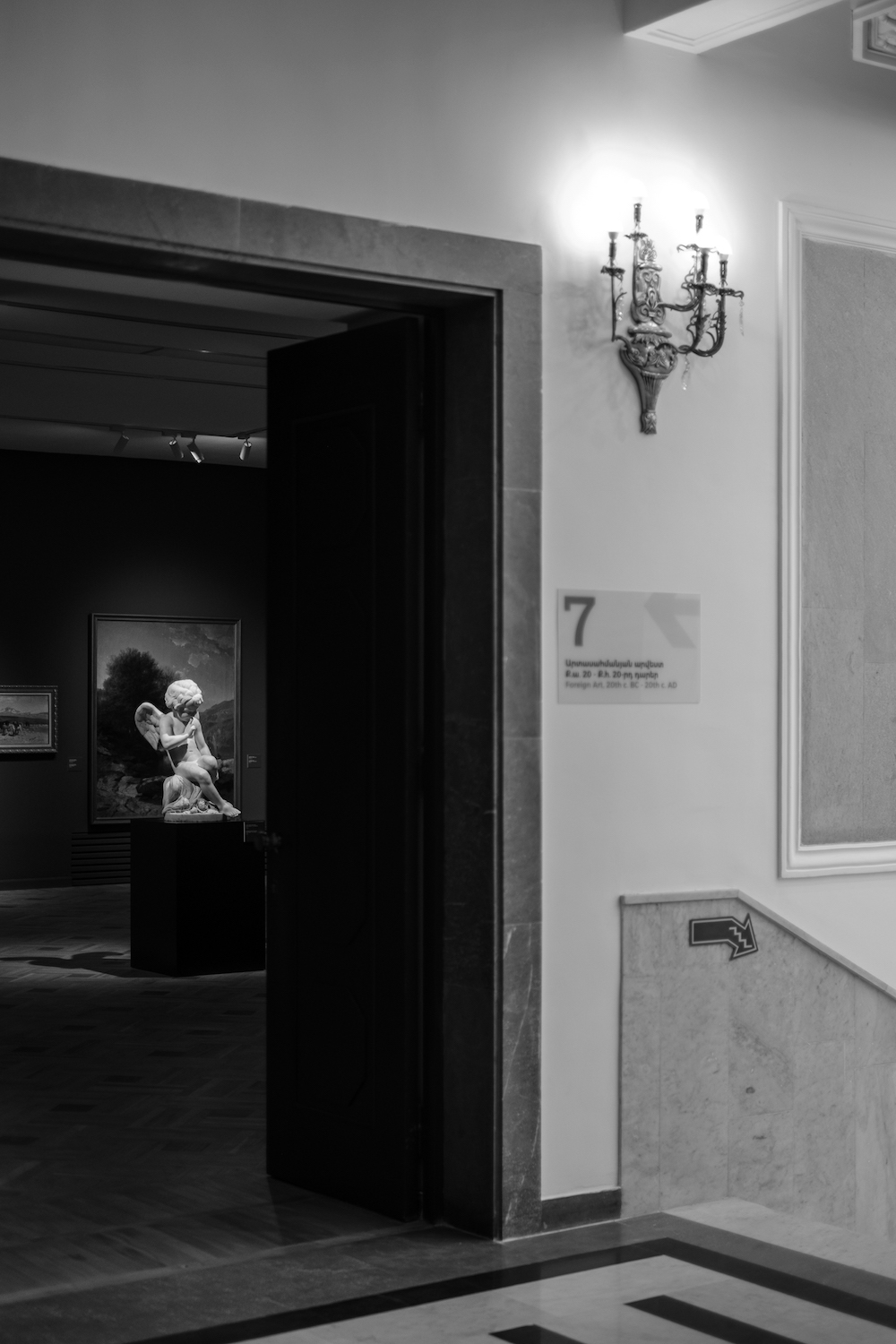
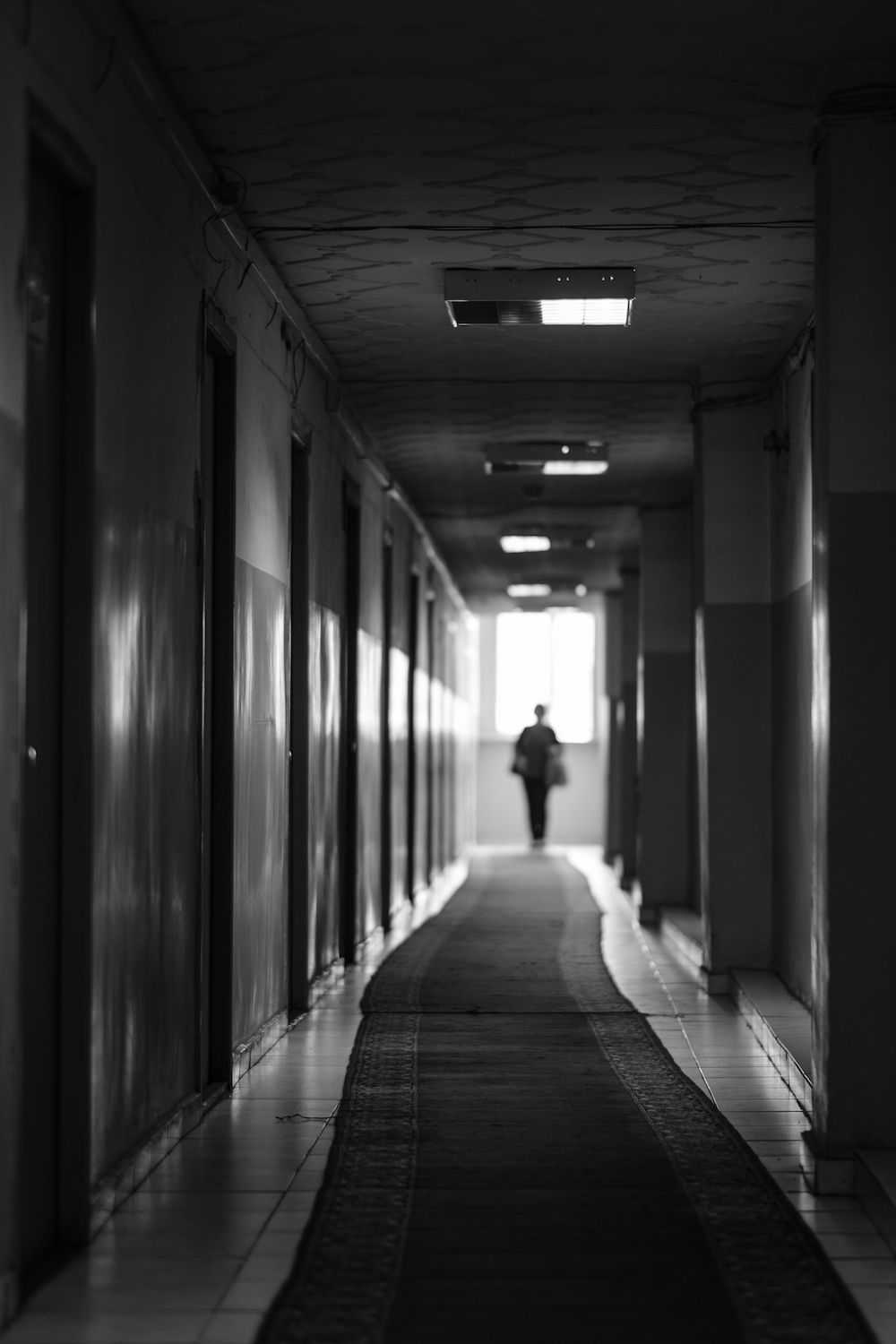
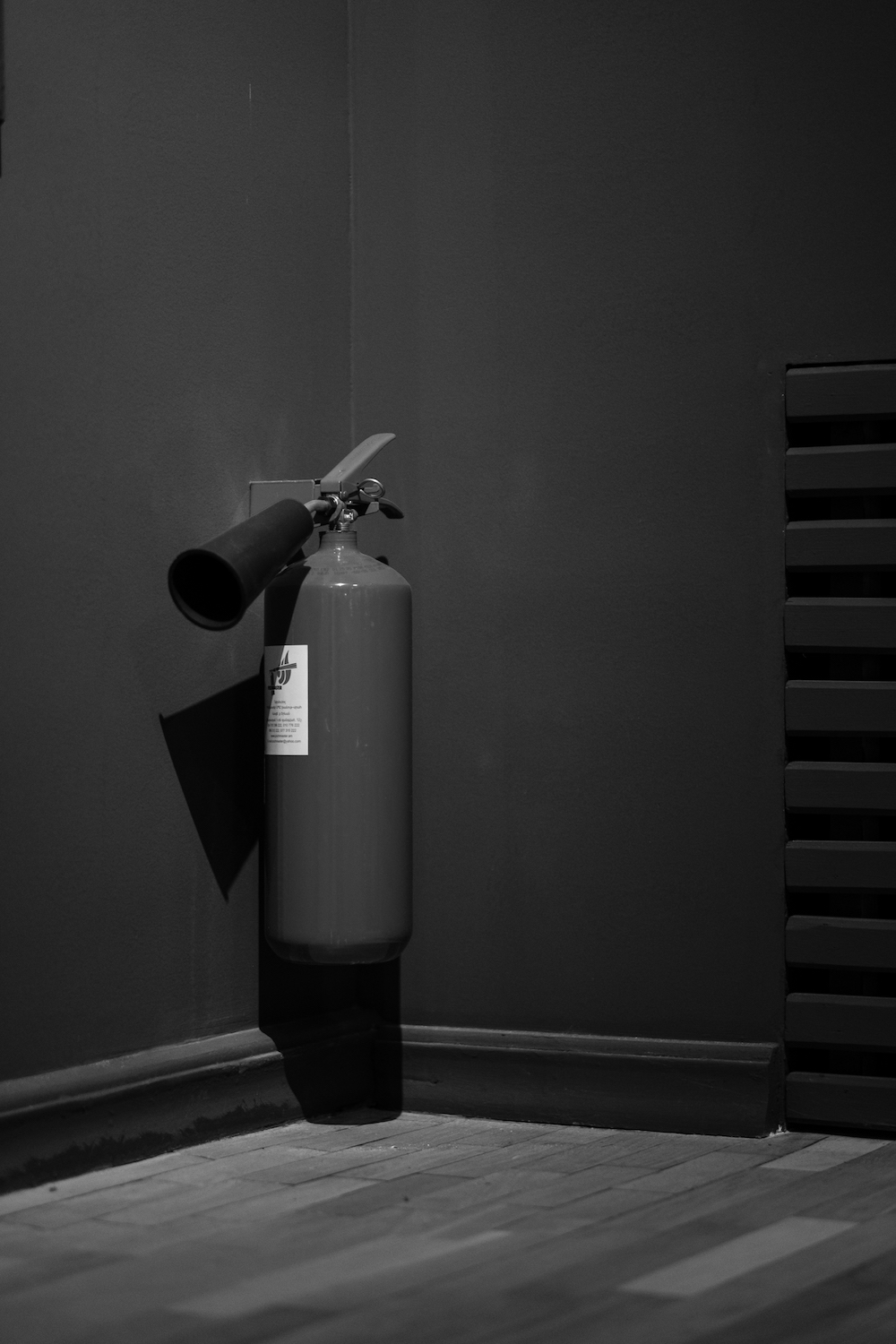
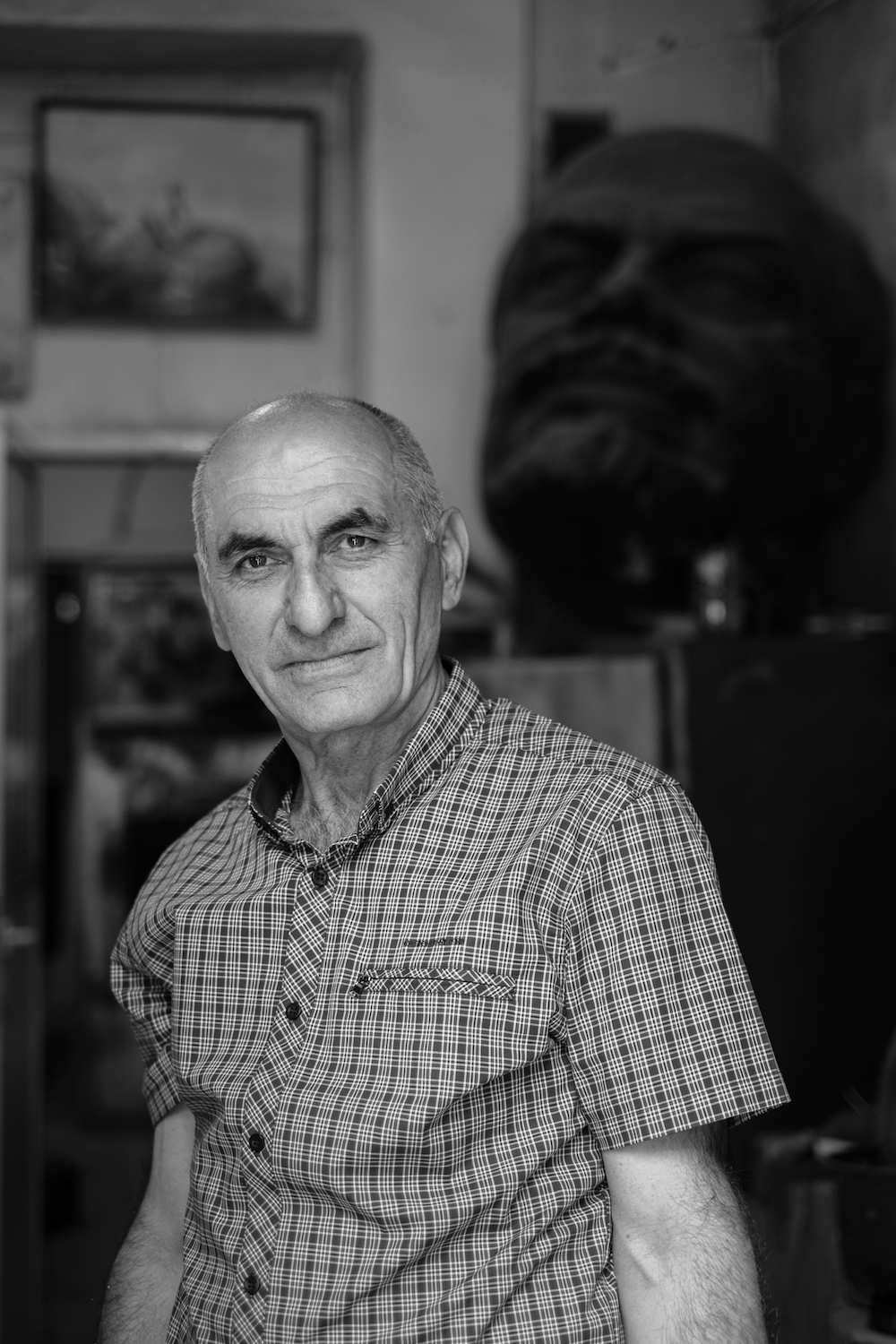
Then there is Volodia Shakhkyan, the jack-of-all-trades. When I ask again how to introduce him, he simply says “write down locksmith.” Others can’t quite pin down Volodia’s position either, they can only describe him as the man who does the work of ten, gets things done. We eventually agreed: he’s the locksmith-magician. Volodia isn’t keen on talking about himself. He insists he’s just a working-class man with nothing interesting to tell. It was after we left him that his colleagues told me, almost in passing, that when the war broke out, he quietly took his sons and went straight to the frontline without telling a soul. He is not keen on having his photograph taken either, saying the last time he was photographed was for his passport. But then I noticed something behind him in his office—the head of Lenin’s statue, the one that once stood across from the Gallery in Republic Square. Eventually, Volodia agreed to let me take his photo, on one condition: “I’m a communist. Make sure Lenin’s in the frame. Don’t mind me.”
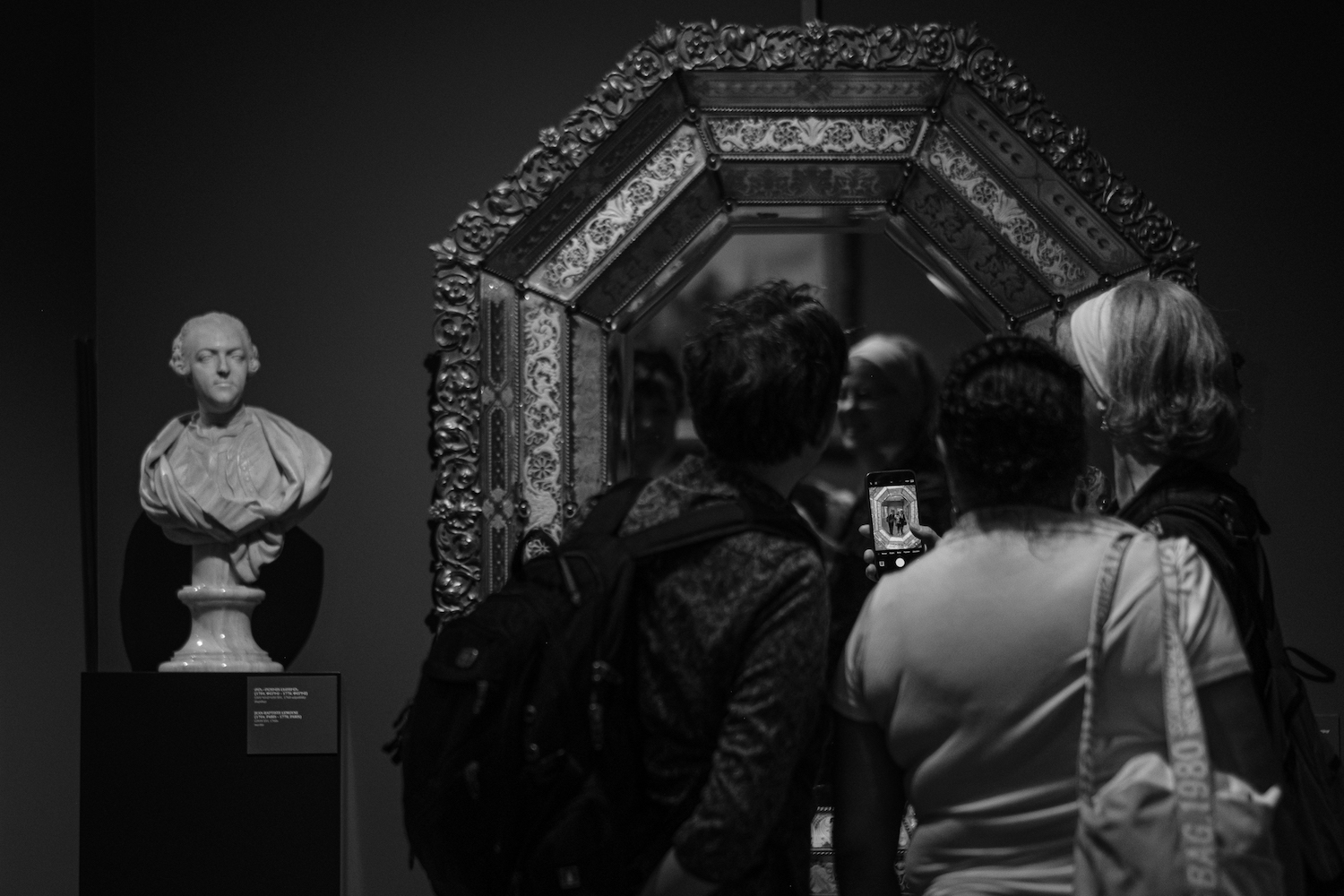
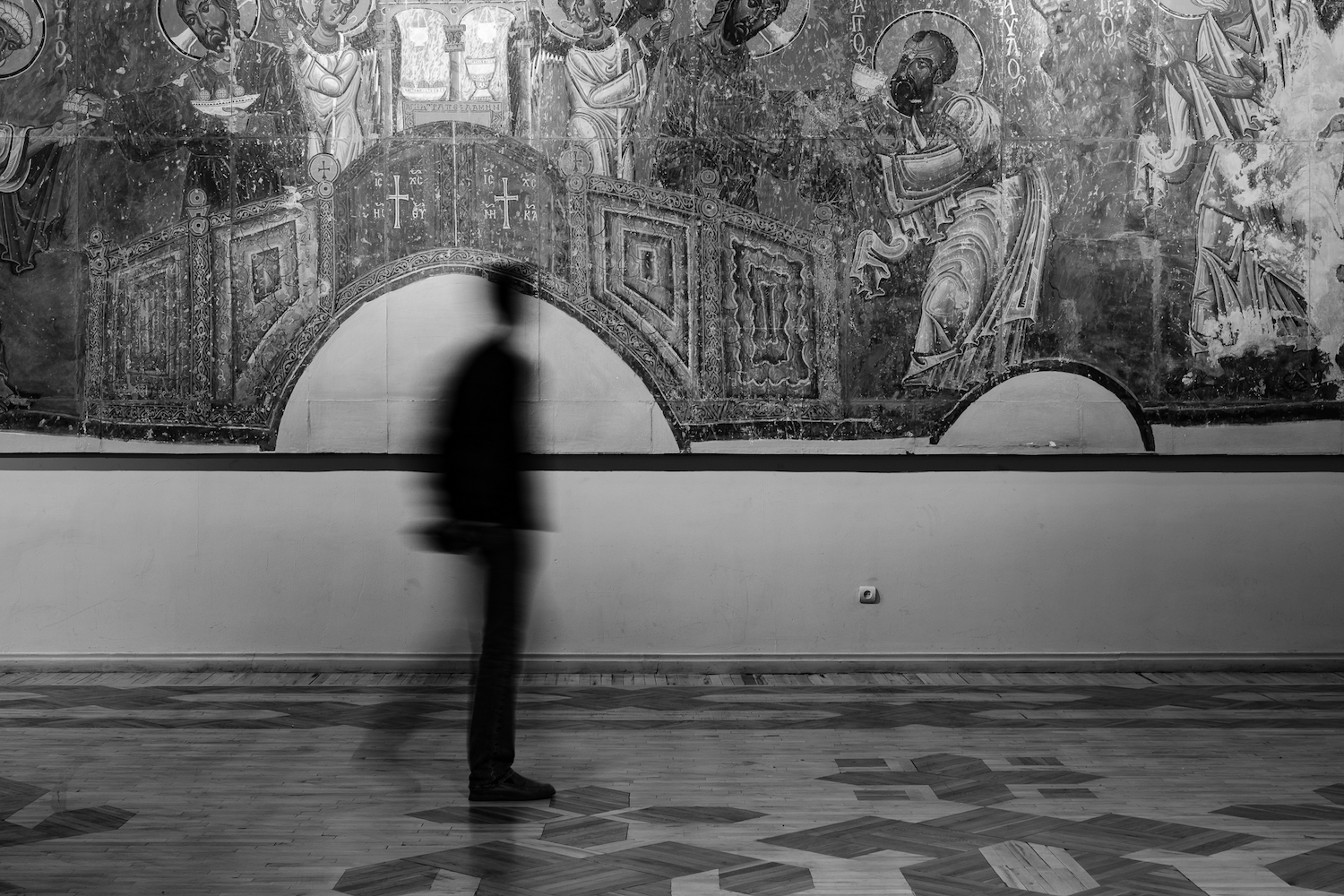
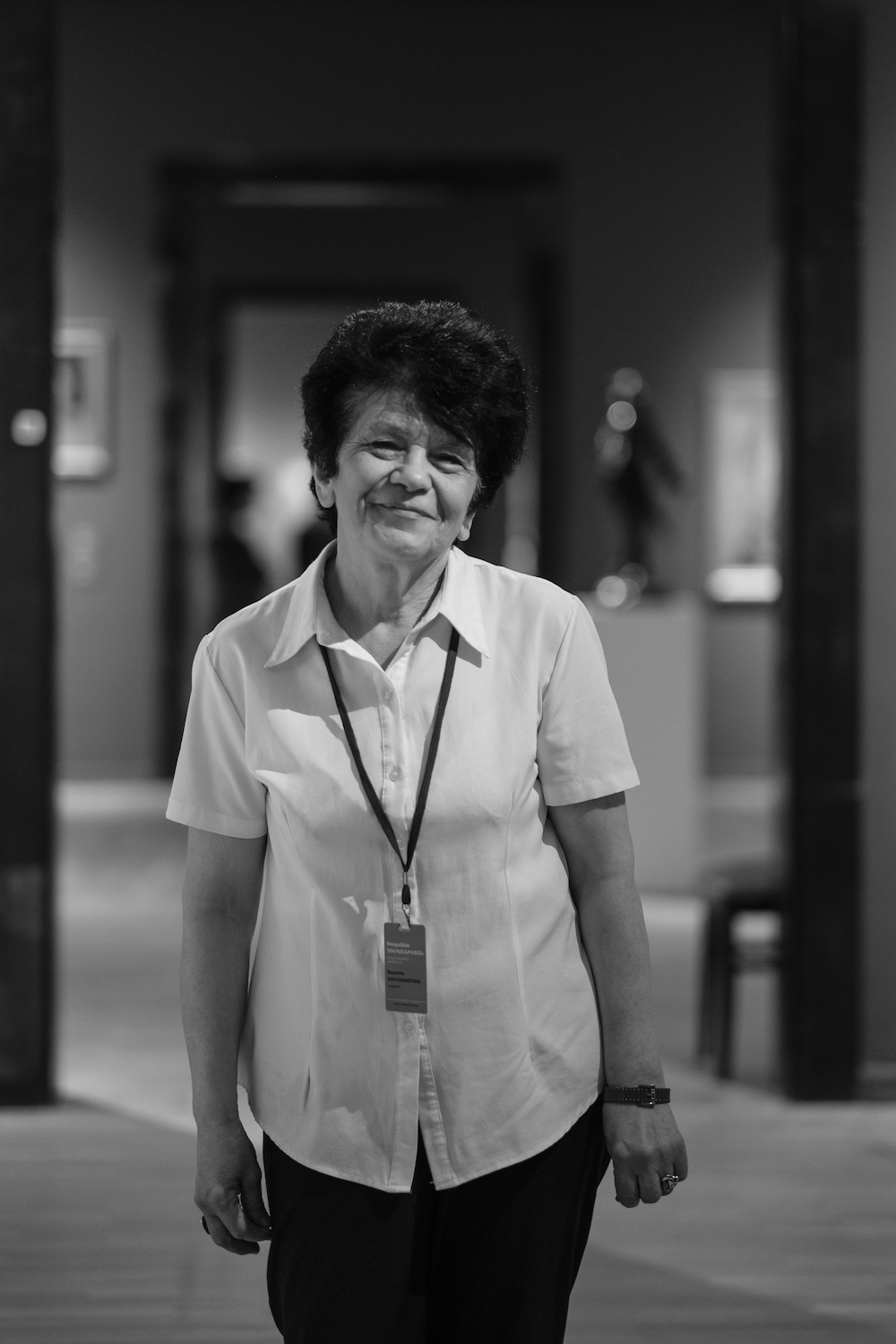
For Ruzan Hovhannesyan, her date is October 1, 1983.
She is a supervisor at the Gallery who has worked under
seven different museum directors. Ironically, she used to
work as a quality controller at a factory for the visually
impaired, where she would thoroughly check the output
of electrical plugs and comforters the factory produced.
After she came to work at the museum, she got to look
after the Ayvazovsky hall for ten years until she was
assigned to the Russian section. When asked what is
the one work she would take home if she was allowed
to, she is resolute, “My favorite Ayvazovsky.”
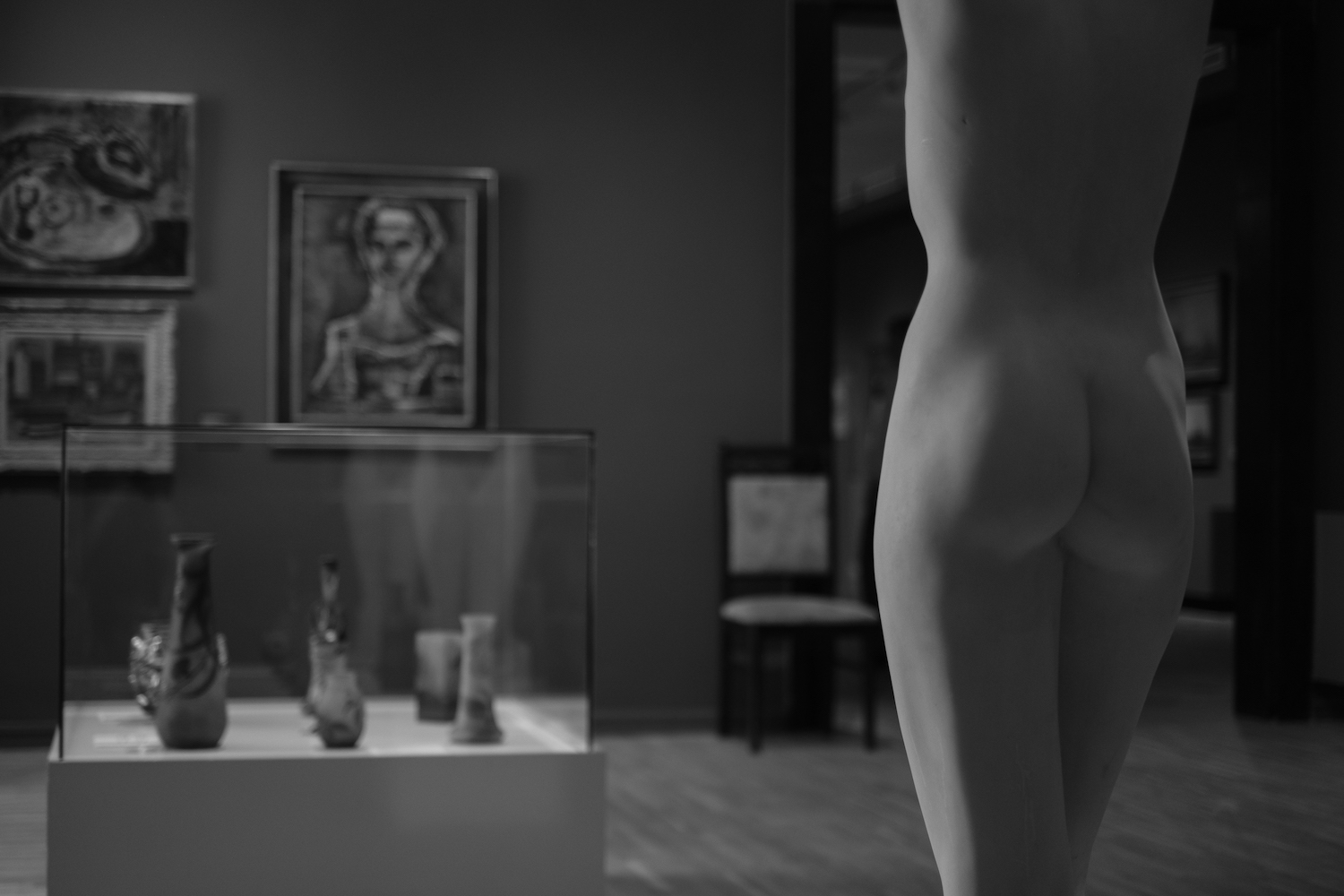

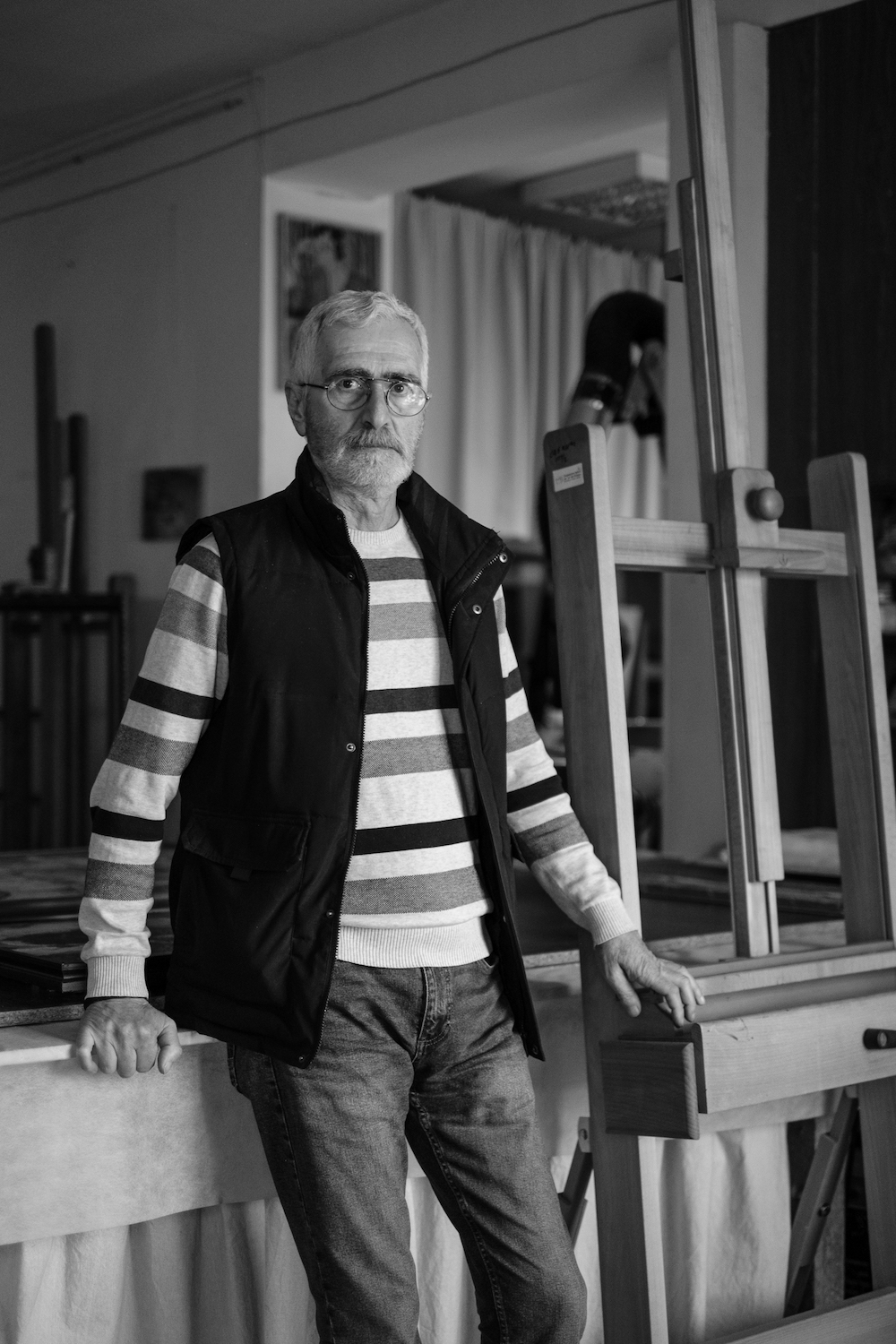
Fedia Chalakhyan started working at the Gallery in 1982, and has been working in the restoration department since 1996. With a ten year break in his employment timeline, Fedia says he knew that the only place he wanted to work again was there.
Fedia says his job is not just restoring, or cleaning the paintings. “We’re also recovering the original intention of the artist that might have been subjected to the negative impact of the environment and time.” And the examples are many, from being advised by a superior to cover an image of Zoravar Antanik in a painting to keep it from the scrutiny of Soviet authorities and uncovering it when the time was right, to a dilemma the department faced when preparing an Aivazovsky for an exhibit.
“The top third of the painting was almost empty,” Fedia recalls, adding that this is not typical of Aivazovsky. “Something was not right.” The considerations were many, so were the risks and time was tight but the decision was made to take off the varnish. What emerged was an ethereal sky with transcendent light coming through a most delicate cloud. “The varnish had done what it was supposed to, protect the painting as long as it could, now it was our turn to get to work,” Fedia says. When I ask if he ever feels like his work is often times with the world beyond, he responds, “It is not, but the dialogue with the artist is ongoing through us because each artist offers something to the viewer who might see it or not, agree with it or not, like it or not but the kind of dialogue we have with the artists is a little more deeper, we are required to take action, it is our job to understand, to know what the artist intended and unveil it without intervening.”
Fedia repeats the words I had already heard, “The Gallery is like a most pleasant quicksand…” He knows where he needs to be: “I had no idea how engulfing it could be… this is the place that feels most familiar to me.”
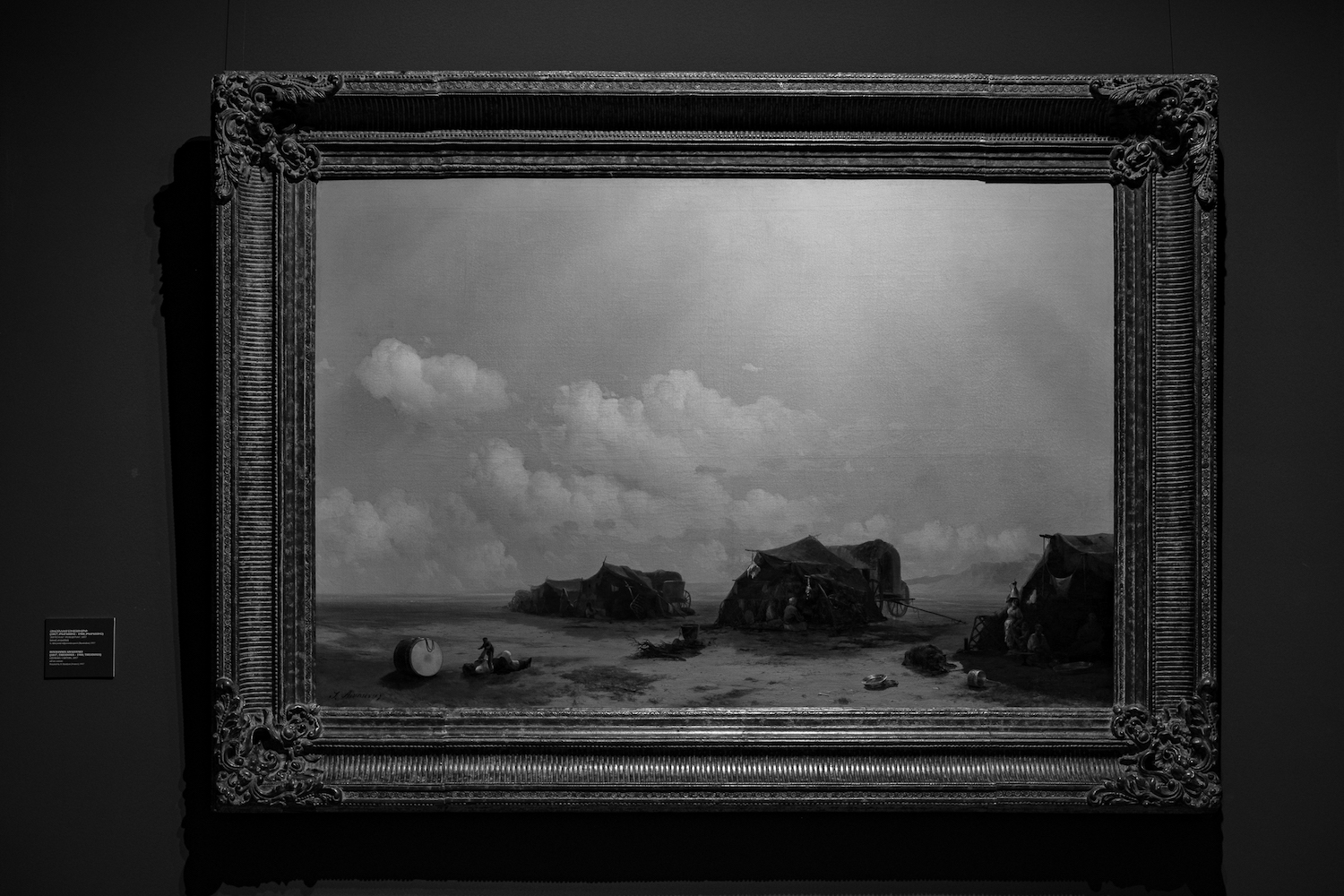
As for me, I realized that occasional visits had never truly allowed me to see the Gallery. Standing before Sureniants’ paintings, I recognized the reverence he held for his craft and for those who would one day see it. His pursuit for perfection, the mastery of every brushstroke, left me breathless. I took no photos from that hall, I dared not frame what had come to life back into the flatness of a photograph. With tears welling up, and grasping for breath, I ran out of the hall.
